King Tutankhamun, the famed Boy Pharaoh of ancient Egypt, is a figure whose life and death continue to intrigue historians and archaeologists alike. Despite his short reign, lasting only ten years, Tut’s story is woven with mystery, as much of what we know about him comes from the discovery of his nearly intact tomb in 1922. The treasures found within the tomb and the circumstances surrounding his life and death have made King Tut an iconic figure in Egyptian history. While not one of Egypt’s most powerful rulers, his legacy endures through the incredible wealth and artifacts found in his tomb, revealing details of ancient Egyptian life, culture, and craftsmanship. The allure of Tut’s story lies not only in the treasures but also in the unanswered questions surrounding his reign, his sudden death, and the cultural significance he holds even today.
- Egypt Tour Magic
- Egypt Tour Packages
- Excursions in Egypt
- Cairo Tours and Excursions
- Hurghada Tours and Excursions
- Soma Bay Tours and Excursions
- Makadi Bay Tours and Excursions
- Sahl Hasheesh Tours and Excursions
- El Gouna Tours and Excursions
- Marsa Alam Tours and Excursions
- Port Ghalib Tours and Excursions
- El Quseir Tours and Excursions
- Dendera and Abydos Day Tours
- Aswan Tours and Excursions
- Luxor Tours and Excursions
- Alexandria Tours and Excursions
- Sharm El Sheikh Tours and Excursions
- Top Rated Tours in 2025
- Optional Excursions in Egypt
- Private Transfer
- Blogs About egypt
- Ancient Egypt
- What You Need To know Before Your First Trip To Egypt
- Best Places to Visit in Egypt 2025
- Top Attractions in Red Sea Resorts 2025
- Top 10 Tourist Activities in Egypt
- Top 30 Activities You Can’t Miss in Egypt
- The Guide to Guided Tours in Egypt
- Egypt’s Ancient and Modern History
- The Nile River
- The Deserts of Egypt
- Historical Sites in Egypt
- Cairo
- Alexandria
- Luxor
- Aswan
- The Red Sea
- Dendera Temple
- El Fayoum Oasis
- Bahariya Oasis
- Siwa Oasis
- Al Alamein
- Marsa Matruh
- Ancient Egyptian gods
- famous Egyptian dishes
- UNESCO World Heritage sites
- About Us
- Why Egypt Tour Magic
- Egypt Tour Magic
- Egypt Tour Packages
- Excursions in Egypt
- Cairo Tours and Excursions
- Hurghada Tours and Excursions
- Soma Bay Tours and Excursions
- Makadi Bay Tours and Excursions
- Sahl Hasheesh Tours and Excursions
- El Gouna Tours and Excursions
- Marsa Alam Tours and Excursions
- Port Ghalib Tours and Excursions
- El Quseir Tours and Excursions
- Dendera and Abydos Day Tours
- Aswan Tours and Excursions
- Luxor Tours and Excursions
- Alexandria Tours and Excursions
- Sharm El Sheikh Tours and Excursions
- Top Rated Tours in 2025
- Optional Excursions in Egypt
- Private Transfer
- Blogs About egypt
- Ancient Egypt
- What You Need To know Before Your First Trip To Egypt
- Best Places to Visit in Egypt 2025
- Top Attractions in Red Sea Resorts 2025
- Top 10 Tourist Activities in Egypt
- Top 30 Activities You Can’t Miss in Egypt
- The Guide to Guided Tours in Egypt
- Egypt’s Ancient and Modern History
- The Nile River
- The Deserts of Egypt
- Historical Sites in Egypt
- Cairo
- Alexandria
- Luxor
- Aswan
- The Red Sea
- Dendera Temple
- El Fayoum Oasis
- Bahariya Oasis
- Siwa Oasis
- Al Alamein
- Marsa Matruh
- Ancient Egyptian gods
- famous Egyptian dishes
- UNESCO World Heritage sites
- About Us
- Why Egypt Tour Magic
The Boy Pharaoh and His Lasting Legacy
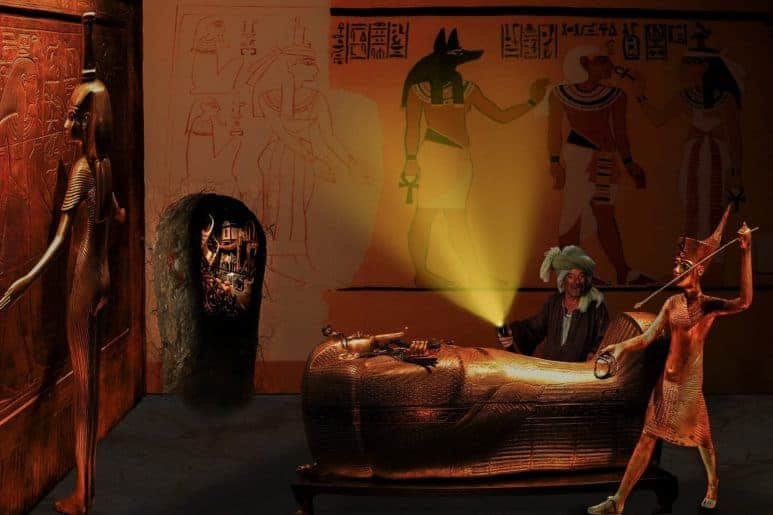
1. The Ascension of the Boy Pharaoh
Tutankhamun became Pharaoh of Egypt at the age of nine, an age when most children were just beginning their education. His ascension to the throne came after the death of Akhenaten, his father, whose controversial religious reforms, which centered around the sun god Aton, had caused a significant upheaval in Egyptian society. Tut's rise to power was marked by his young age, leaving him vulnerable to the influence of advisors and nobles, particularly his vizier Ay and general Horemheb. His reign, however, was more about restoring traditional beliefs and consolidating power rather than actively ruling. The political climate was unstable, and Tut's advisors likely steered decisions, with the young pharaoh merely a symbolic figurehead. Despite his brief reign, Tut’s restoration of the old polytheistic beliefs after his father’s monotheistic experiments was a key moment in Egypt’s religious history.
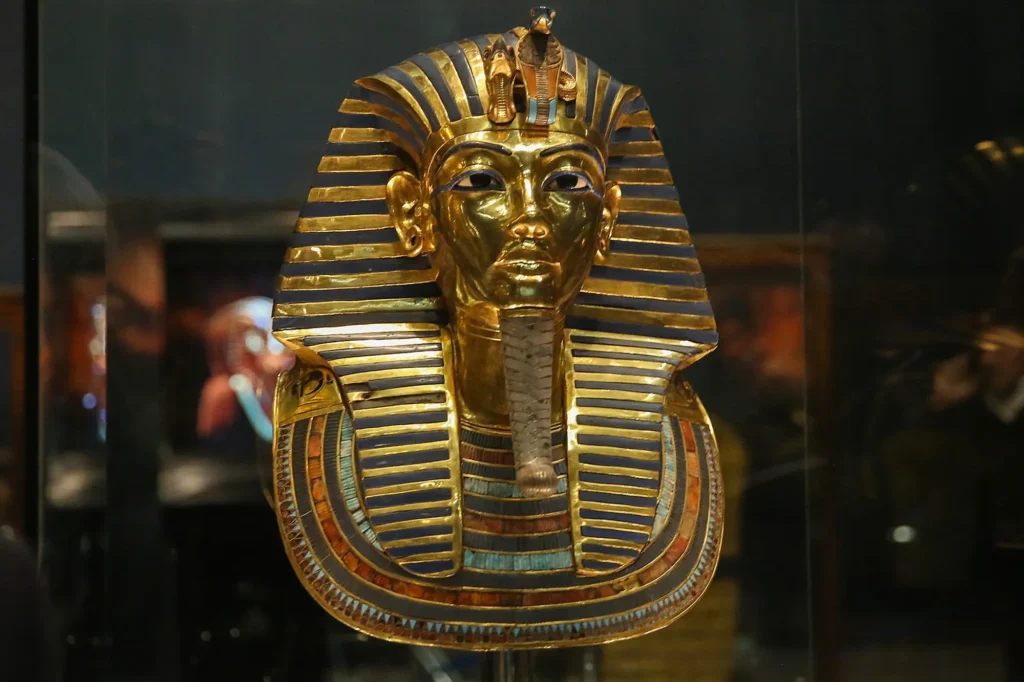
2. King Tut’s Role in Egypt’s Religious Restoration
During Tutankhamun's reign, Egypt was recovering from the radical religious changes imposed by his father, Akhenaten, who had outlawed the worship of traditional gods in favor of the sun god Aton. As a young king, Tut was guided by his advisors in the restoration of the old gods, marking a return to polytheism. This shift was pivotal in maintaining the stability of Egyptian society and its religious institutions. Tut's reign was characterized by the restoration of temples dedicated to gods such as Amun, Osiris, and Horus, and the reinstitution of traditional rituals. Although Tut’s personal beliefs remain unknown, his efforts to restore Egypt’s religious practices helped cement his status as a ruler who sought to heal the division caused by Akhenaten's reign. His role in Egypt’s religious restoration was vital for the preservation of cultural traditions that shaped the Egyptian civilization for centuries.
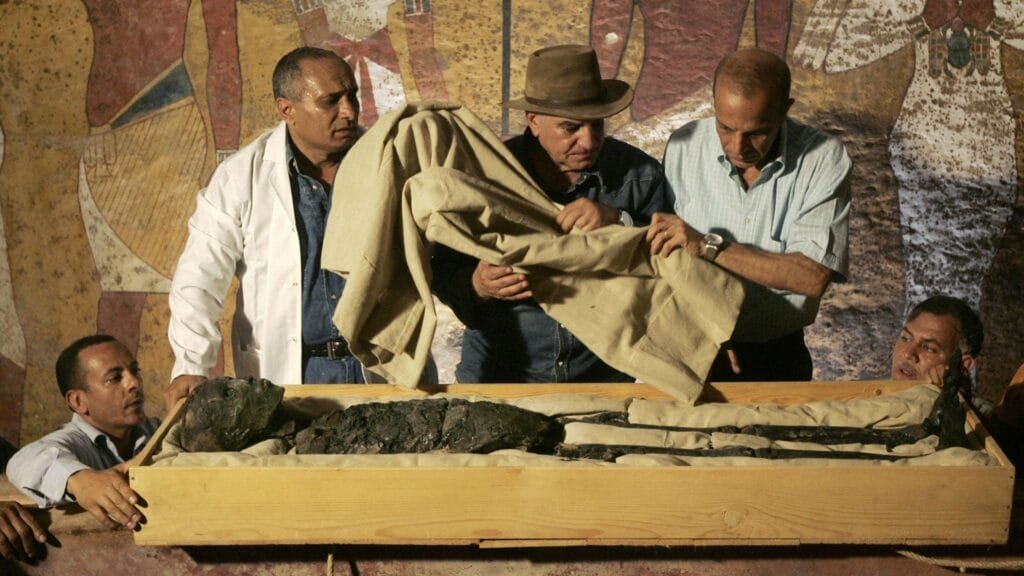
3. The Mystery of King Tut’s Death
The sudden death of King Tutankhamun at the age of 18 has been one of the greatest mysteries in Egyptian history. Despite his relatively short life, his passing left many unanswered questions. Early theories suggested that he was the victim of murder or a political assassination, but modern science has provided new insights. In 2005, CT scans and DNA analysis were conducted on Tut’s mummified body, revealing that he likely died from complications related to an infected leg wound, which may have been exacerbated by malaria. Genetic testing also showed that Tut suffered from several hereditary health problems, including a clubbed foot and possible Klein-Waardenburg syndrome, a genetic condition that can affect bone growth and hearing. While the exact cause of his death remains uncertain, these findings suggest that Tut’s demise was due to a combination of illness, infections, and genetic vulnerabilities, rather than foul play.
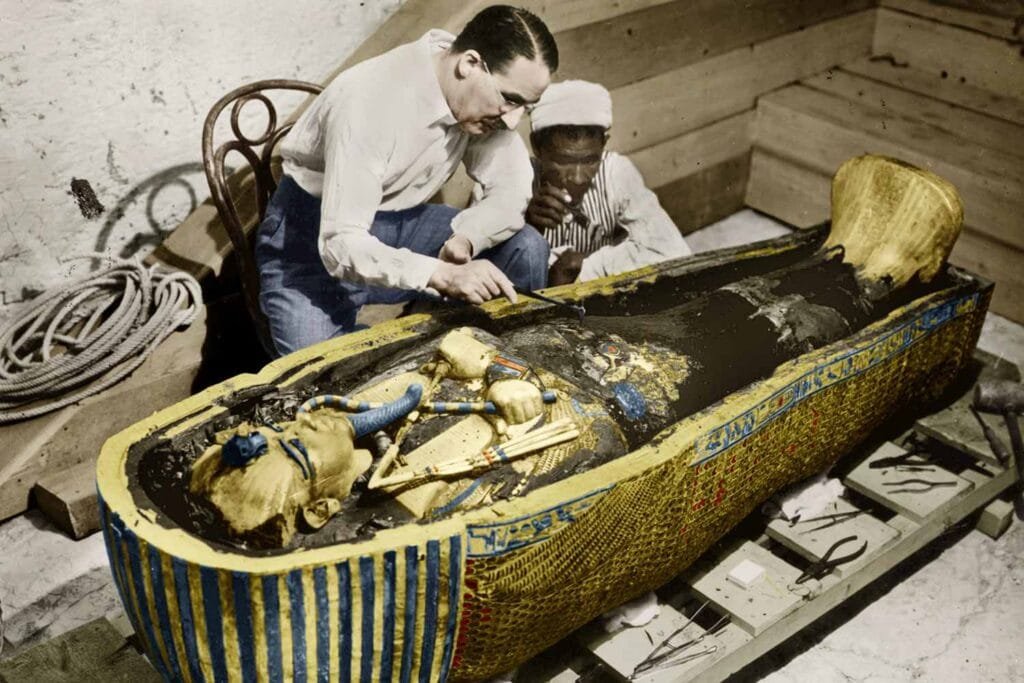
4. The Discovery of King Tut’s Tomb
In 1922, archaeologist Howard Carter made one of the most significant discoveries in the history of Egyptology: the tomb of King Tutankhamun in the Valley of the Kings. Unlike many other tombs that had been looted over the centuries, Tut’s tomb was found largely intact, containing a wealth of treasures that provided a unique glimpse into the life and culture of ancient Egypt. Inside the tomb were over 5,000 artifacts, including gold jewelry, chariots, statues, and the famous golden death mask. These artifacts gave scholars unprecedented insight into the wealth, artistry, and burial customs of the time. The discovery of Tut’s tomb was groundbreaking not only because of its untouched state but also because it revealed a great deal about royal life during the 18th dynasty. The tomb became an iconic symbol of ancient Egypt’s grandeur and sparked a renewed interest in Egyptian archaeology and culture.
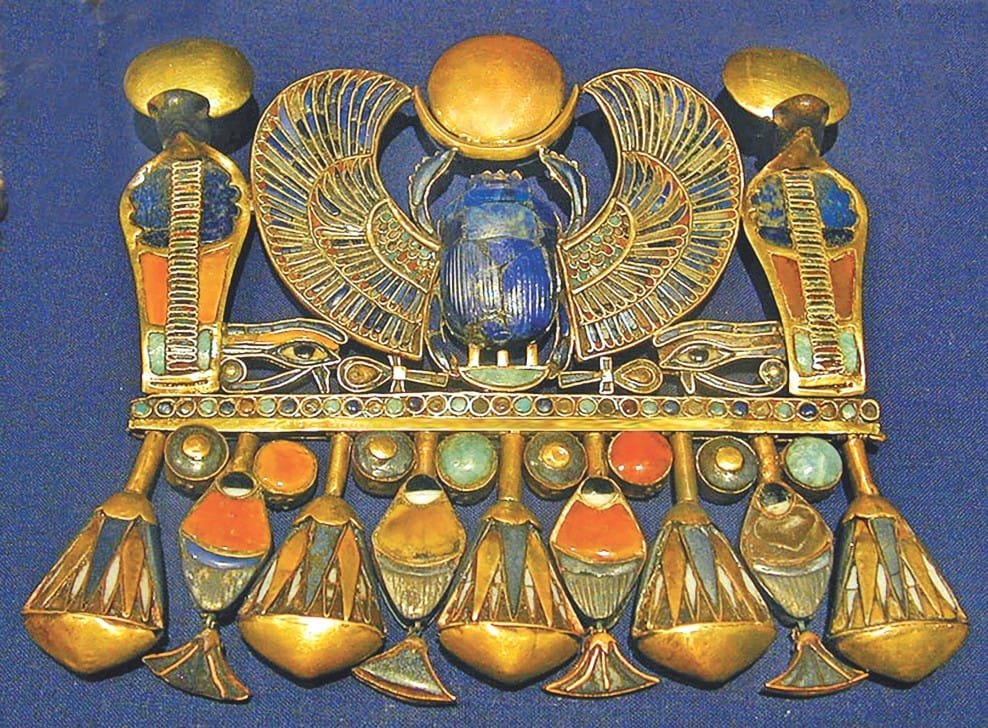
5. The Legacy of King Tut
Although King Tutankhamun ruled for only a short time and left no significant political or military achievements, his tomb’s discovery has made him one of the most famous pharaohs in history. His legacy is primarily defined by the treasures found in his tomb, which have become symbols of ancient Egypt’s grandeur. These artifacts have been displayed in museums around the world, allowing modern audiences to connect with Egypt's ancient past. Tut’s golden death mask is perhaps the most recognizable symbol of ancient Egypt and remains an enduring icon of the civilization’s artistic and cultural achievements. Furthermore, the story of King Tut’s life, death, and the discovery of his tomb has sparked an ongoing fascination with ancient Egypt, inspiring films, books, and exhibitions. In this way, King Tut’s brief reign and the mystery surrounding him continue to capture the imagination, ensuring his place in history as the Boy Pharaoh whose story never fades.


